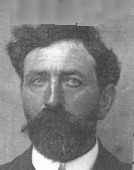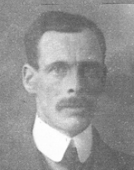|
|
Strengths and weaknesses of the CR10 cardsThe great strength of the CR10 card system is that it collected information on every individual merchant seaman working out of a British port and put it on one central index card. It was more comprehensive than earlier systems because it had personal details, a photograph, included home trade seamen, and gave foreign voyage start details on just one card. For numbering purposes seamen were placed in one of five groups:- 5001 - 100000 . Masters and navigating officers 100001 – 200000. Engineer officers and electricians 200001 – 300000. Surgeons, pursers, apprentices and wireless operators 300001 - 800000. Sailors, firemen & others from the deck and engine room 800001 – 999999. Stewards, cooks and others from the catering staff If the seaman lost his RS2 Identity Book then he was issued with a new one with a different number. His existing CR10 card was cancelled and a new one issued with his new RS2 No. The RS2 No should be unique and I have found no duplicates yet. There are some weaknesses. The cards were handwritten and copied from another form handwritten at the port of origin. Transcription and legibility can be a problem, while a few men could not read or write. The dates of birth are not reliable. Sixteen year olds became eighteen for adult pay rates. Birthplaces can be vague and next of kin detail, which would help , is usually omitted. Very few voyages were recorded for home trade seamen. My research indicates, that for Irish seamen, a significant number of CR10 cards, perhaps one in four, are missing. This suggests that the total number of cards issued was closer to 400,000 rather than the present 300,000. I have assumed that the seaman workforce needed in British ports across the period was around 150,000. The number of cards issued suggest that there was a big turnover of men entering and leaving the industry. |










